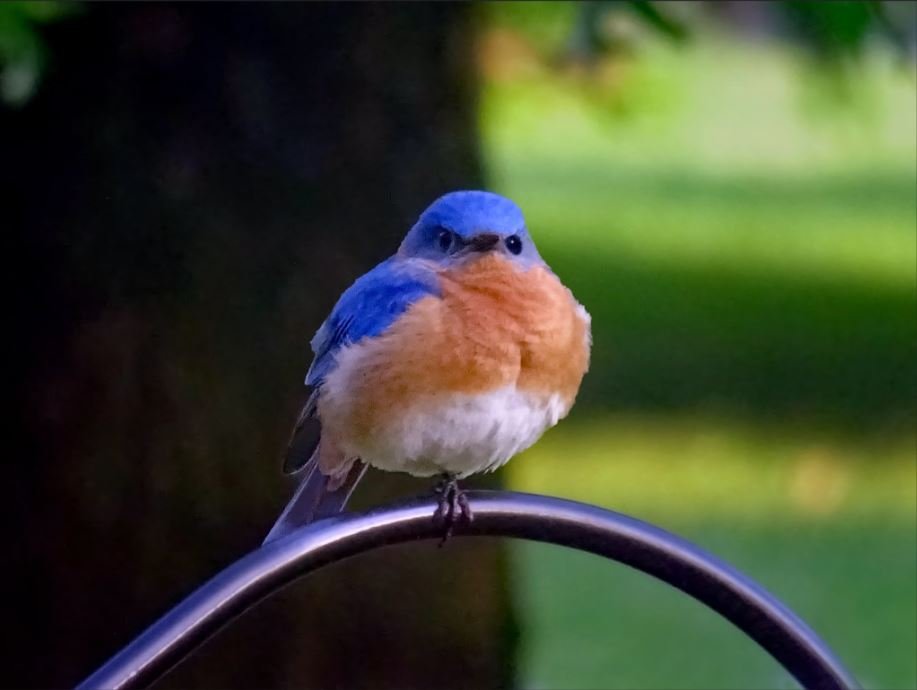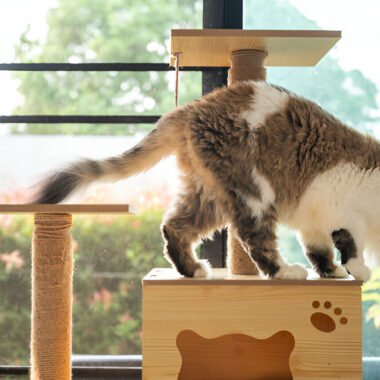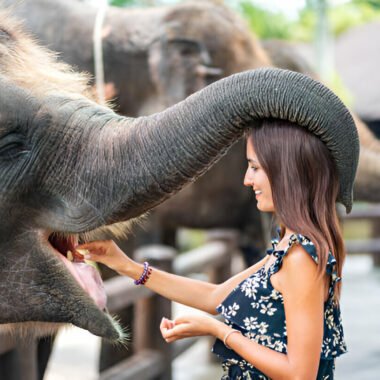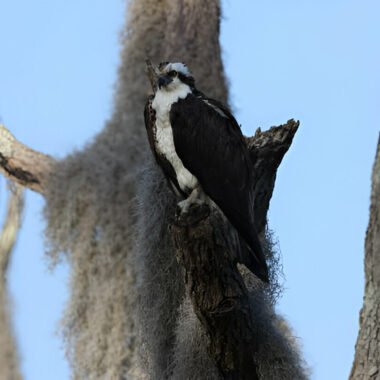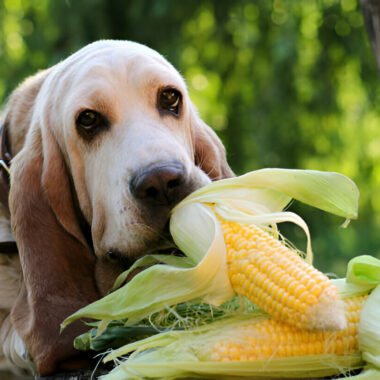Table of Contents
The Basics of Breeding Fat Birds
When it comes to breeding fat birds, there are a few important factors to consider. From providing the right diet to creating a suitable environment, every aspect plays a crucial role in the health and well-being of these birds. In this article, we will explore the essentials of breeding fat birds and offer some tips to help you get started.
Choosing the Right Species
Before diving into the breeding process, it’s essential to choose the right species of fat birds. Some popular options include the European Goldfinch, Siskin, and Bullfinch. Each species has its own unique characteristics and requirements, so it’s important to do your research and select the one that aligns with your preferences and capabilities.
Creating a Suitable Environment
The environment in which you breed fat birds plays a significant role in their overall health and breeding success. Here are a few key factors to consider:
Cage Size and Design
Provide a spacious cage that allows the birds to move around comfortably. The cage should also have enough perches and nesting areas for the birds to feel secure. Additionally, make sure the cage is easy to clean and maintain.
Temperature and Humidity
Maintaining the right temperature and humidity levels is crucial for the well-being of fat birds. Ensure that the temperature is kept within a suitable range, typically between 65°F and 75°F (18°C and 24°C). Additionally, monitor and adjust the humidity levels as needed, aiming for around 40-50%.
Lighting
Proper lighting is essential for the breeding process. Ensure that the birds have access to natural light during the day, as it helps regulate their biological rhythms. Additionally, provide a suitable artificial light source to ensure consistent lighting throughout the day.
Diet and Nutrition
The diet of fat birds is a crucial aspect of their breeding success. Here are some key considerations:
Seeds and Pellets
Seeds and pellets should form the foundation of a fat bird’s diet. Ensure that you provide a high-quality mix that contains a variety of seeds, such as sunflower seeds, millet, and canary seeds. Pellets can also be included as a source of additional nutrients.
Fruits and Vegetables
Include a variety of fresh fruits and vegetables in your fat bird’s diet. These provide essential vitamins and minerals that support their overall health and breeding capabilities. Some suitable options include apples, carrots, broccoli, and leafy greens.
Protein Sources
Protein is essential for the growth and development of fat birds. Include protein-rich foods such as boiled eggs, mealworms, and small amounts of lean meat in their diet. However, it’s important to offer these protein sources in moderation.
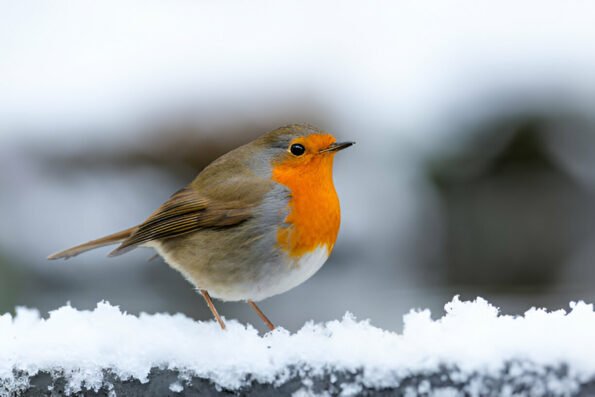
Breeding Process
Once you have set up the right environment and provided a suitable diet, it’s time to focus on the breeding process itself. Here are a few tips to help you along the way:
Pairing the Birds
Ensure that you pair compatible birds together for breeding. Consider factors such as age, health, and temperament when selecting pairs. It’s also important to provide separate nesting areas for each pair to minimize territorial disputes.
Nesting Materials
Provide suitable nesting materials, such as soft grass, feathers, and small twigs, for the birds to construct their nests. These materials should be clean and free from any harmful substances.
Egg Incubation
Once the female bird lays eggs, it’s important to provide the right conditions for incubation. Maintain a consistent temperature and humidity level in the nesting area. It’s also crucial to handle the eggs with care to avoid any damage.
Chick Care
Once the eggs hatch, the chicks will require proper care and nutrition. Ensure that you provide a suitable diet for the chicks, consisting of soft and easily digestible foods. Monitor their growth and development closely, and seek veterinary assistance if needed.
Conclusion
Breeding fat birds can be a rewarding experience when done with care and attention to detail. By selecting the right species, creating a suitable environment, providing a balanced diet, and following the proper breeding process, you can increase your chances of success. Remember to always prioritize the health and well-being of the birds throughout the entire breeding journey.

